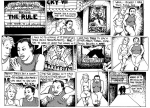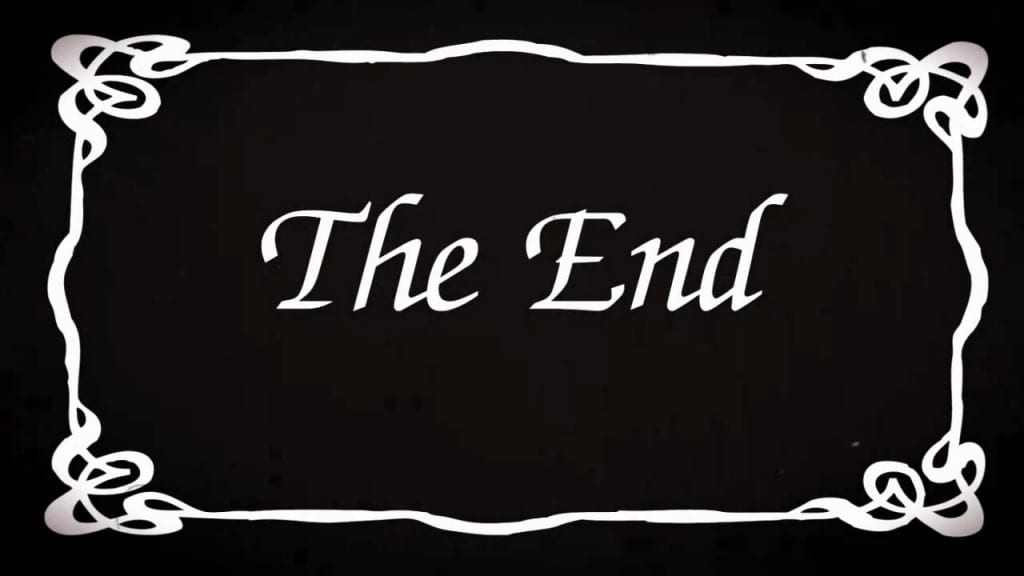Many of us would like to believe in destiny. Many of us wander our way through life, satisfied in the knowledge that our path may already be laid out ahead of us. Others jump from dream to dream, waiting for fate to find them. Yet, no matter the journey, all of us yearn to reach the same destination, our fate, our happily ever after. Your dreams may become reality, or they could forever remain unreachable, a work of fiction.
Directed by Malik Bendejoull, Searching for Sugarman is a documentary film detailing the fascinating life of 1970’s musician Sixto Rodriguez. “Who”, I hear you ask? Well, the unfortunate truth is that if this is the first time you’re reading about Rodriguez, the likelihood is you, like many others, have never heard of him.
video via studiocanaluk
Rodriguez lived his life on the mean streets of 1960/70’s Detroit. He is described as being a drifter, a lost soul, and not much more than a homeless man, who would spend his days doing odd jobs and playing music around the city. Those who had contact with Rodriguez maintain his mysterious, prophet like image. He was a good man, who kept himself to himself, and until the release of Searching for Sugarman in 2012, those who had heard of Rodriguez had very little to add to that information.
After becoming somewhat of a local mystery, Rodriguez released Cold Fact in 1970, followed by Coming from Reality a year later. Both albums dramatically flopped in the US and Sixto was swiftly dropped from his label. Thought to have become depressed, he later committed suicide, allegedly shooting himself in the head during a performance in a local Detroit bar, though this information cannot be confirmed.
Compared by his management to Bob Dylan, in terms of song writing ability, the tragedy of Sixto Rodriguez represents how life has a funny way of putting you on a path to destiny.
South Africa was a dangerous place in the 1970’s. With apartheid in full swing, the troubled country was a cultural boycott. A behind closed doors situation, damaged by violence and racial tensions, with some events described as resembling the holocaust. Nobody is quite sure how the first copy of Cold Fact found itself in the country, but that album would change life in South Africa forever.
By 1975, Cold Fact was a platinum selling album in the country. Rodriguez’s music inspired musicians across the country to stand up and take action against their government. “Anti-Establishment” was not even a recognized word in South Africa before it appeared on a Rodriguez record. Cold Fact and Coming from Reality taught the South African people, of all races and creeds, that it was fine to be angry at the government.
Elvis; the Beatles; Bob Dylan; Cat Stevens, you name it, Rodriguez was bigger. Bendejoull’s Oscar winning masterpiece is an absolute must watch for fans of film, music and life. This is not a review, nor a recommendation. It is a command. If you’ve ever had a dream, this documentary is for you, and one is assured, the best is yet to come.
See the Studio Canal UK trailer here: https://www.youtube.com/watch?v=KKXewWDh1og









